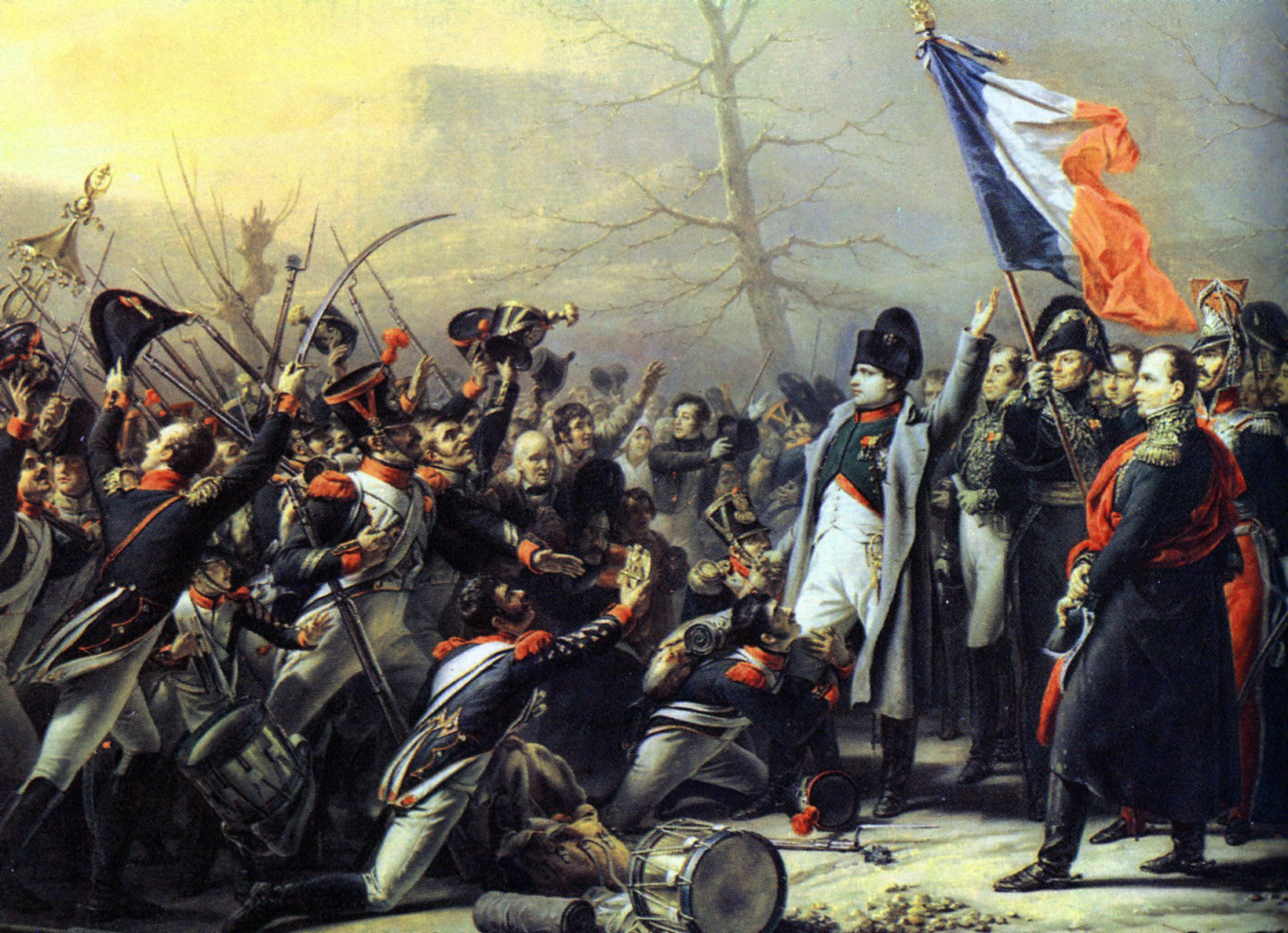
“Although the daring plan saved Aman and Houghton from capture, Pardo was initially reprimanded for his actions.”
By Sylvain Batut
MARCH 10, 1967 is a day Bob Pardo won’t ever forget.
At the time, the now retired U.S. Air Force lieutenant-colonel was an F-4 Phantom II fighter pilot in the Vietnam War.
A veteran of numerous missions over enemy territory, then Captain Pardo and his weapons system officer, First Lieutenant Steve Wayne, suddenly found themselves having to rely on their smarts, determination and a whopping dose of unconventional thinking, to help save two of their comrades in a damaged aircraft from certain death or capture.
After both aircraft suffered critical damage from enemy fire during a bombing mission, Pardo spectacularly used his own plane to push the other Phantom jet out of North Vietnamese airspace. The action saved the two Air Force pilots.
As members of the 433rd Tactical Fighter Squadron based at the Ubon Air Base in Thailand, Pardo and Wayne, along with their wingmen Captain Earl Aman and First Lieutenant Bob Houghton, were tasked with the bombing of Thai Nguyen steel mill, as part of a larger raid on a host of targets north of Hanoi. The site, which had been built by the Chinese government in the 1950s, was the biggest ironworks in North Vietnam.
The Pentagon fully knew the strategic importance of the plant and pushed it to the top of its list of targets, but monsoons in January and February of 1967 prevented air strikes. By March 10, the weather had cleared and an attack was finally given the go-ahead.

Seventy-two planes would take part in the raid. F-105 bombers would hit the targets, while F-4 Phantoms from the 8th Tactical Fighter Wing at Ubon, including two from the 433rd Tactical Fighter Squadron, would provide escort.
The objective bristled with defences. As many as 96 anti-aircraft artillery (AAA) guns surrounded the plant. These were supported by SAM batteries and a fighter base at nearby Phun Yen. No MiGs were scrambled, but the ground fire was heavy.
Over the course of the strike, both Aman’s and Pardo’s F-4s were riddled with anti-aircraft shells. Aman’s Phantom began shaking violently immediately after being hit. An enemy round had also damaged the fuel tank; the F-4 was losing gallons fast. With no tankers in range, it seem that the two fliers would be forced to bail out over enemy territory.
With few options left, Prado suggested an outlandish idea: He’d use his own Phantom to literally push the crippled F-4 to safety, after which the crew of the damaged aircraft could punch out and await rescue. Aman and Houghton agreed and the two crews jockeyed their planes into position.
First, Pardo tried to use the nose of his jet to nudge the crippled aircraft along by the tail. Aman powered down his engines to avoid damaging the other plane but heavy turbulence prevented the two birds from making contact.
Then, an idea.

Pardo radioed Aman to lower his tail-hook. He wondered if he could use the appendage, normally needed for carrier landings, to drive the crippled machine forward.
It seemed to work.
Using his own windscreen to support the hook, Pardo drove his wingman’s broken Phantom for 20 minutes, eventually reaching Laos, 80 miles away.
Once out of enemy territory, Aman and Houghton safely ejected over Laos. Pardo and Wayne, their plane’s overworked left engine on fire, also hit the silk. The four aviators rendezvoused on the ground and made their way to safety, avoiding Laotian communist militia. They were rescued less than two hours after touching down.
Although the daring plan saved Aman and Houghton from capture, Pardo was initially reprimanded for his actions. Supposedly, pushing one airplane with another was against military regulations and the Air Force brass frowned on Pardo intentionally sacrificing his own multi-million-dollar aircraft to save another.

What would eventually become known in military aviation circles as Pardo’s Push was celebrated as an incredible exploit of initiative and ingenuity. Years later, an investigation was launched to re-examine Pardo and Wayne’s actions. Both were finally awarded the Silver Star in 1989 for their heroism — 22 years after the fact.
Bob Pardo reached the rank of lieutenant-colonel in the U.S. Air Force before retiring in 1974. Pardo’s Push earned itself a place in American military history, even inspiring an episode of the TV series JAG in 2000. In the meantime, Pardo opened the Earl Aman Courage Foundation in support of his former wingman who suffered from Lou Gehrig’s disease.
“If one of us gets in trouble, everyone else gets together to help,” Pardo told Air Force Magazine.
ABOUT THE AUTHOR: Sylvain Batut is a military history writer with a master’s degree in journalism from Temple University in Philadelphia. You can follow him at @sylvain31000










1 thought on “Pardo’s Push – How a Quick-Thinking Fighter Pilot Used Some Incredible Flying to Save His Wingmen Over Enemy Territory”